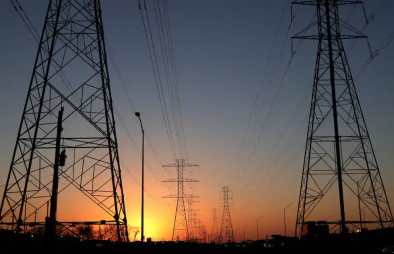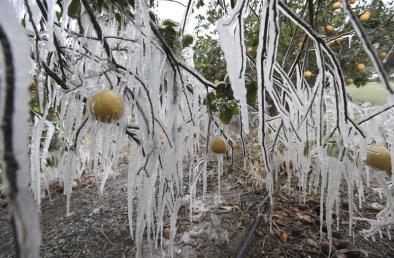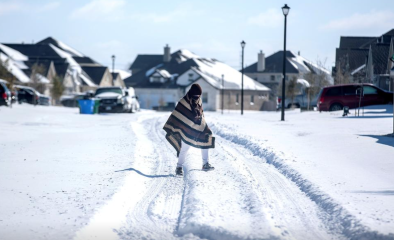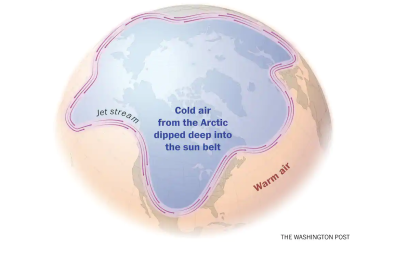Atmospheric winter response to Arctic sea ice changes in reanalysis data and model simulations
Study key findings & significance
- The outstanding agreement in Arctic regions between the model experiment and reanalysis in terms of vertical planetary wave propagation in the troposphere and stratosphere provides strong evidence that atmospheric circulation changes induced by sea ice changes are one of the dominant winter climate impacts in recent years.
- Only weak differences are present between model and reanalysis data; therefore, other processes contribute less to similar anomalies that only slightly modify the sea ice signal.
Abstract
The changes of atmospheric flow patterns related to Arctic Amplification have impacts well beyond the Arctic regional weather and climate system. Here we examine modulations of vertically propagating planetary waves, a major feature of the climate response to Arctic sea ice reduction by comparing the corresponding results of an atmospheric general circulation model with reanalysis data for periods of high and low sea ice conditions. Under low sea ice condition we find enhanced coupling between troposphere and stratosphere starting in November with preferred polar stratospheric vortex breakdowns in February, which then feeds back to the troposphere. The model experiment and ERA‐Interim reanalysis data agree well with respect to temporal and spatial characteristics associated with vertical planetary wave propagation including its precursors. The upward propagating planetary wave anomalies resemble a wave number 1 and 2 pattern depending on region and timing. Since our experimental design only allows influences from sea ice changes and there is a high degree of resemblance between model results and observations, we conclude that sea ice is a main driver of observed winter circulation changes.
Related Content






